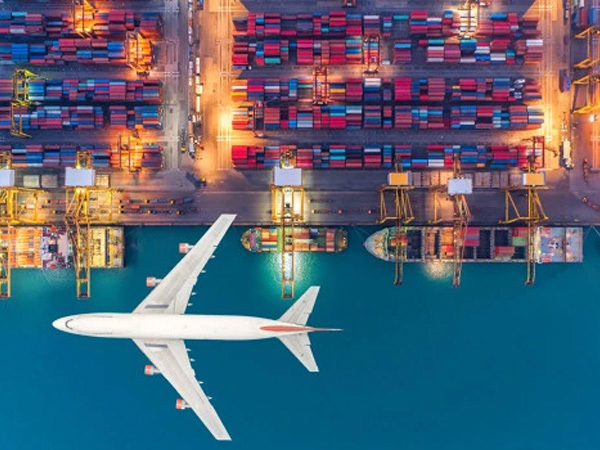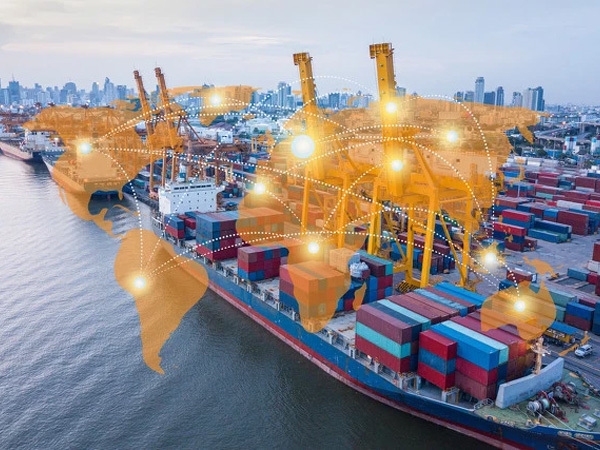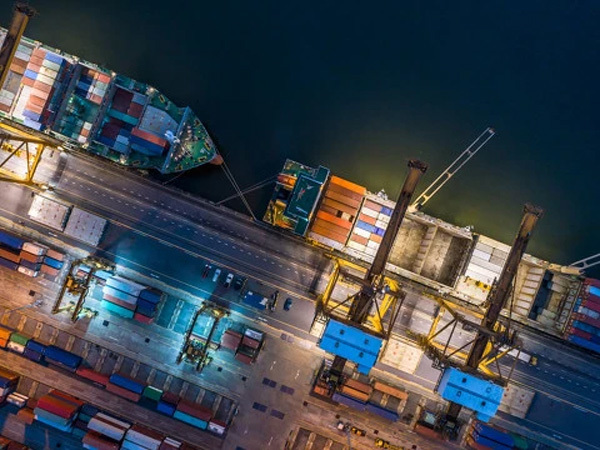A large part of import and export goods trade flows to digital trade
Published:
2023-04-12
On April 8-9, the 30th Sino-foreign Management Government-Industry-Academia Plea Conference was held in Beijing. The theme of the conference was: 2023-Reunite - Restart - Re-Chain. Zhang Wei, former vice president of China Council for the Promotion of International Trade, delivered a keynote speech on the topic of "Current Situation and Response of China's Foreign Trade and Global Supply Chain".
On April 8-9, the 30th Sino-foreign Management Government-Industry-Academia Plea Conference was held in Beijing. The theme of the conference was: 2023-Reunite - Restart - Re-Chain. Zhang Wei, former vice president of China Council for the Promotion of International Trade, delivered a keynote speech on the topic of "Current Situation and Response of China's Foreign Trade and Global Supply Chain".
In his speech, Zhang Wei interpreted around three issues: the first issue is the basic situation of international trade, the second issue is where the orders run to, and the third issue is how to build a resilient supply chain.
"Last year's import and export trade is 42 trillion in revenue, trade in goods and also trade in services, the overall total trade is 42 trillion, trade in goods grew by 7.7% last year, this growth is on the basis of a relatively high 2021 is still good. By November last year, there was a precipitous decline, negative growth of 8.7%. This year, January and February has picked up, to March is a low again, flower style march, we can not see international trade now in the end what has happened? Especially after the epidemic, many provinces are organized a large number of enterprises to Europe to grab orders, the results make many people lost." Zhang Wei said.
International trade in the end what happened?
In Zhang Wei's view, there are structural problems on the domestic side, mainly overcapacity, 60% can be self-digested, while there is still 40% need for export sales. Without 40% of export sales, the domestic cycle is impossible to establish, which is a very big problem. At the same time, we have not solved the problem of scientific and technological neck up to now.
And on the international front, what has happened? The surrounding Asia-Pacific region is mainly inwardly rolled, China, Japan, South Korea, we export the first major category of infrastructure products are similar, in the middle and high end of the industrial chain has generated a lot of competition. In the labor-intensive lot industry, and ASEAN has generated a lot of competition, we also have a third party transfer of industries, such as processing trade transfer, but also with Japan and South Korea have some conflict.
"A large part of the trade in goods flowed to digital trade, why say so? Last year our cross-border e-commerce achieved 2.1 trillion, digital trade achieved 2.5 trillion, adding up to 4.6 trillion. 4.6 trillion accounts for 9.5% of all foreign trade orders, this 9.5% is from the general trade in goods to the digital trade. Moreover, the global level of digital trade is still improving, now has reached 61%, China has reached the level of 43%, the future of this order will flow to this area." Zhang Wei said.
At the same time, trading partners have reduced the demand for imports and exports, and large orders from Europe flowed to the United States.
Zhang Wei said, a comprehensive judgment, we have 32% of orders lost in the international trade link, the loss is not necessarily a reduction, there may be a return from another aspect, but at least two links feel lost.
"One link is the link of Europe to the United States, and then another link is the link of trade member countries, these two links of about 12%. 12% of the loss of real reduction of about 10% or less. So the surface to catch orders, 32% on where to find orders? Such a large area, it may also flow back to other areas, such as digital areas, such as the Belt and Road countries, South American countries, but the real loss of this part now seems to be about 10% of the orders are really lost. This is some big changes in the supply and demand side of the order." Zhang Wei said.
This brings unprecedented pressure on enterprises, especially foreign trade enterprises, that should do, how to strengthen the supply chain? Zhang Wei put forward five suggestions:
1. focus on regional trade, focus on RCEP, ASEAN to focus on the use of rules of origin.
2. Focus on geopolitical changes, focus on the sea and land logistics channel to avoid risks.
3. Focus on value chain upgrading, focus on processing trade transformation OEM manufacturing.
4. Concerned about the diversified changes in digital form, focusing on new business opportunities in new industry and new track.
5. Focus on practicing the internal strength of enterprises, focusing on AI, industry cost-saving links.

09:00-12:00 13:00-18:00 Mon-Fri

3rd floor, 116 Chogwangsandan-ro, Hanam-si, Gyeonggi-do, Republic of Korea 12989




